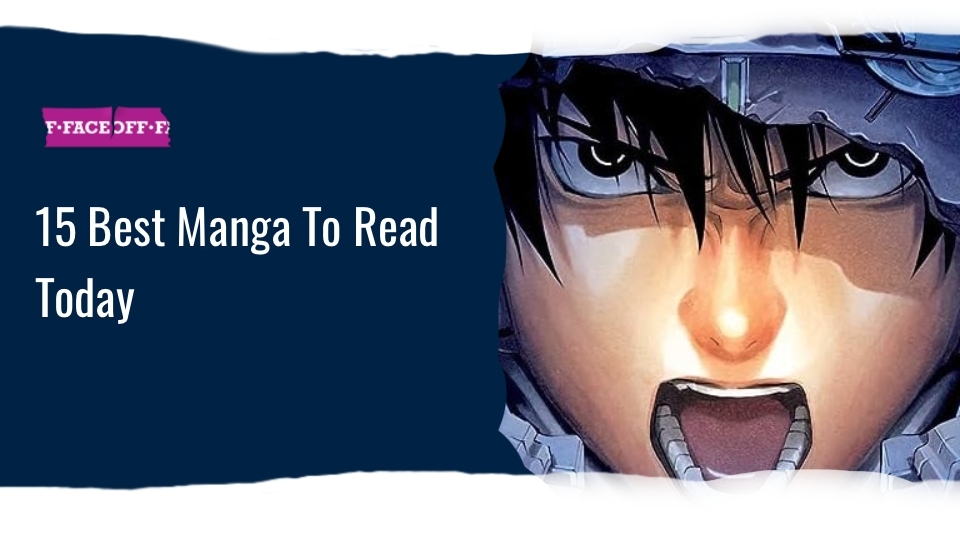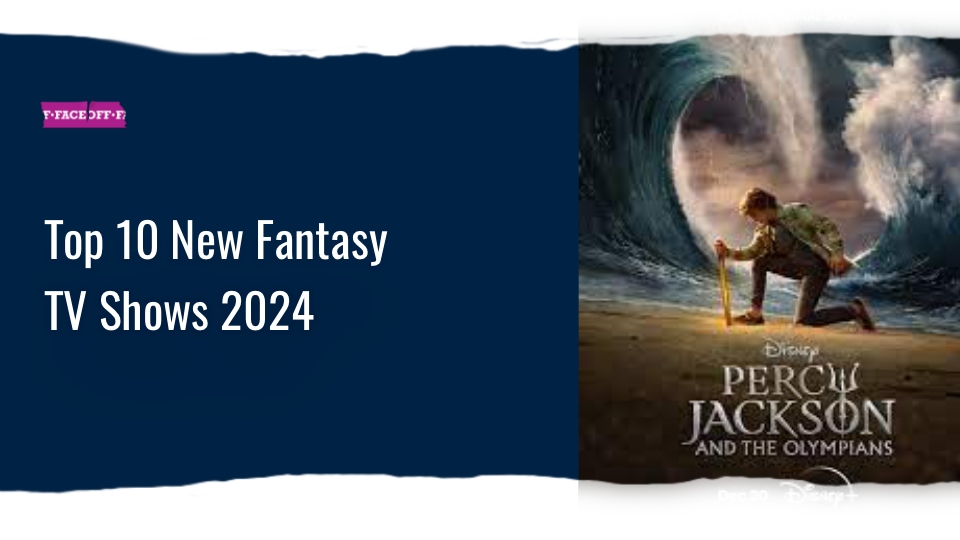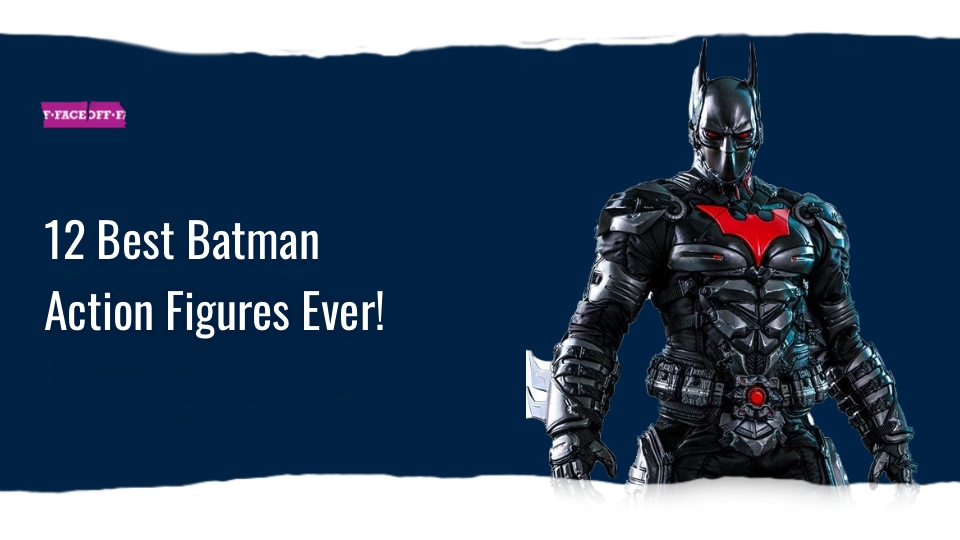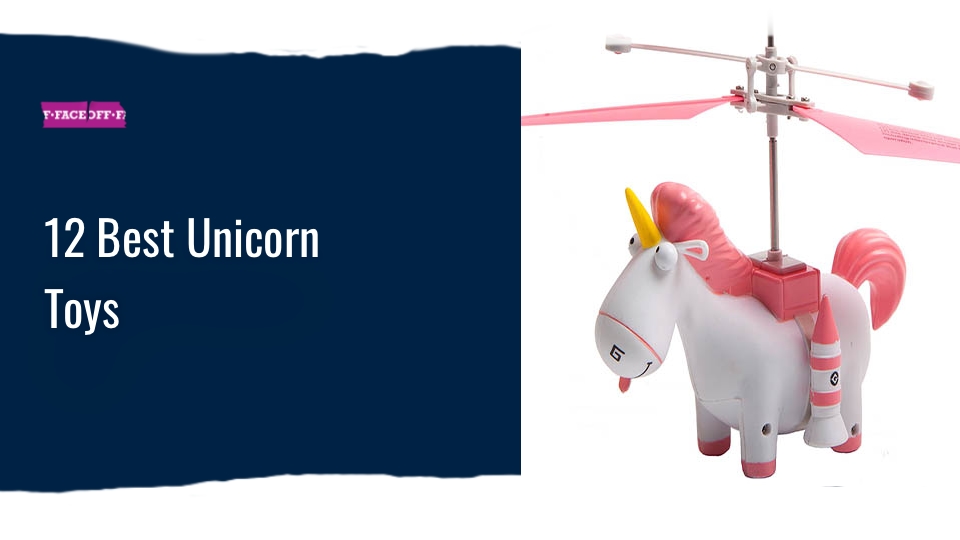In the realm of storytelling, few mediums can captivate the imagination and evoke emotions quite like manga. Reflecting back on my introduction to this enchanting world, I’ve been drawn into the diverse tapestry of manga series. Although I initially leaned toward the dynamic interplay of animation and vibrant hues, a recent discovery has illuminated an entirely fresh perspective. A good Manga isn’t just a source of entertainment, but a versatile companion that can accompany you no matter where you are.
Unlike their animated counterparts that demand dimmed lights and hushed surroundings, manga chapters can be savored alongside a meal or a quick snack, creating a multisensory experience that is uniquely delightful.
However, amidst the joy of exploration, one recurring theme asserts itself: the persistence of manga’s narrative arcs. Series unravel, twist, and extend their tendrils into the distant future, often leaving readers both enthralled and eager for more. As I journey through the best mang, I’ve come to the realization that my take on them might only fully crystallize into coherent critiques in the not-so-far future when I hit the nursery cyborg home, or thereabouts. And so, here is a spotlight on the best manga treasures to read, currently gracing my reading roster (focusing on ongoing series that have captured my imagination). The completed list below is not ranked, all of them are worth reading.
Sousou no Frieren
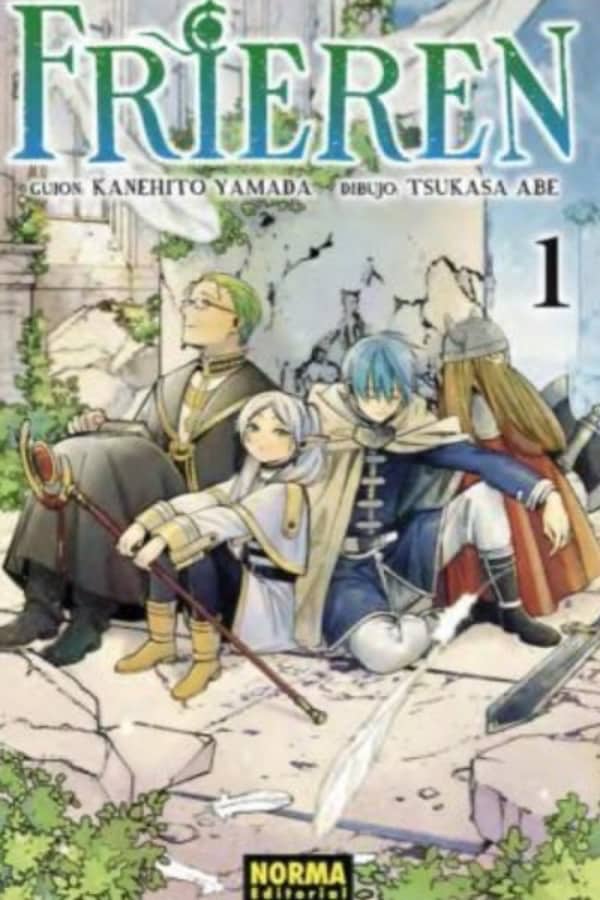
Here we have the best manga series that offers a unique twist on the fantasy adventure genre. Set in a world of magic, monsters, and epic quests, the story follows the titular character, Frieren, a powerful and ageless ice sorceress who has lived for centuries. However, unlike typical fantasy protagonists who seek glory and triumph, Frieren’s perspective is different.
The manga takes a more introspective approach, focusing on Frieren’s experiences as she traverses a world that is ever-changing. Despite her formidable magical abilities, Frieren has grown tired of the endless cycle of battles, quests, and adventures that define the lives of adventurers in her world. Having witnessed countless lives lost and the impermanence of human existence, she has become detached from the struggles that once consumed her.
Frieren: Beyond Journey’s End delves into themes of mortality, nostalgia, and the value of a life lived fully. Frieren’s interactions with other adventurers and the people she encounters on her journey provide insights into the human condition, reminding readers of the fleeting nature of life and the importance of cherishing each moment. The manga explores the emotional toll of being an immortal observer of time, as well as the personal growth and transformation that can come from forging genuine connections with others.
The artwork of the manga captures the fantastical elements of the world, showcasing intricate magical battles and richly detailed settings. The character designs reflect the diverse array of personalities that Frieren encounters on her journey, adding depth to the narrative.
All You Need Is Kill: Sakurazaka, Hiroshi
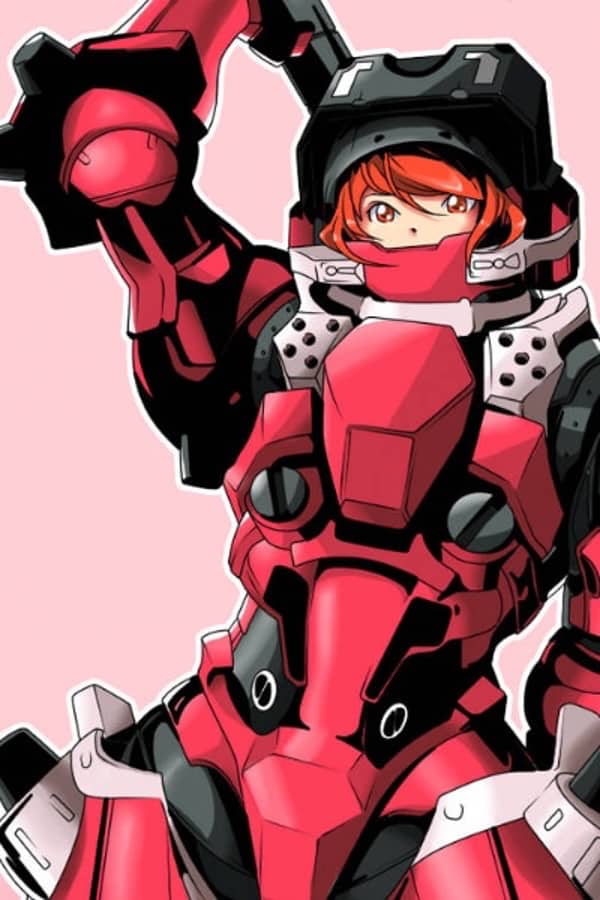
“Edge of Tomorrow” starring Tom Cruise and Emily Blunt, is based on the manga “All You Need Is Kill”, by Hiroshi Sakurazaka. The illustrations were done by Takeshi Obata (“Death Note,” “Bakuman,” “Hikaru no Go”) – one of the leading manga artists in the industry.
The plot describes two days in the life of Keiji Kiriya, a rookie in the United Defense Force, an army established to fight off an alien invasion known as the “Mimics.” The Mimics are turning humans into cannon fodder, while humans are sent to the battlefield like sheep to the slaughter. Kiriya himself isn’t a battle-hardened machine, quite the opposite: in times of peace, he was the type who was probably stuck playing PlayStation on a Friday evening (and there’s nothing wrong with that, leave me alone!). Destiny takes its course, and Kiriya is forced onto the battlefield. Will he die? Will he survive? Will he experience human suffering? No, he’ll die.
It’s not a spoiler, it happens on the second page of the manga. But after his death, Kiriya wakes up and finds himself on a military base. If you think to yourself, “Wow, an afterlife must be boring,” then no, it’s not an afterlife. Also not hell, but worse: it’s a time loop. Kiriya wakes up in his bed two days earlier. His skepticism about whether it’s a dream-not-a-dream-not-just-a-dream-oh-come-on is shattered when two days later, he dies again and then wakes up two days before that.
The time loop is a nightmare of its own (and if you think it’s fun, watch this short film and we’ll see if you still think the same). For Kiriya, in addition to the mental torment, there’s also physical suffering: every time he dies… in agony… oh, the agony.
The only way out of the loop is to survive the battle, which means he has to transform into the war machine he isn’t. It means training, memorizing the battlefield, trial and error, and killing more Mimics than they can find menacing names for.
Spy x Family
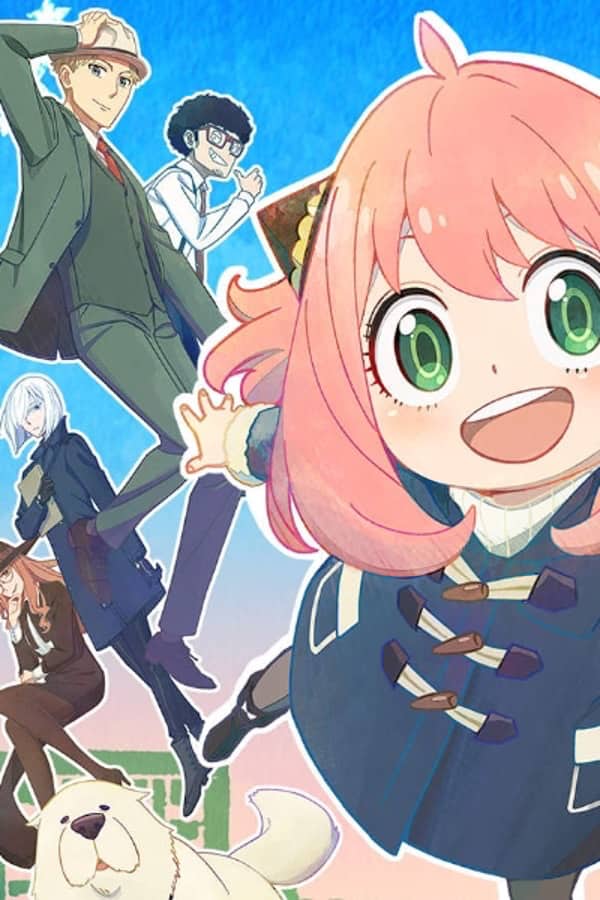
“Spy x Family” manga, is a delightful and unique manga series that combines espionage, family dynamics, and humor in a captivating way. Created by Tatsuya Endo, the story takes place in a fictional world reminiscent of the Cold War era, where spies and secret agencies are the norm. The twist comes in the form of the protagonist, Twilight, a highly skilled spy who is assigned to infiltrate a prestigious school to get close to a target.
To achieve this mission, Twilight decides to create a fake family. He adopts a young girl named Anya, who has psychic abilities, and decides to marry Yor Briar, a talented telepath. The result is an unconventional family unit where each member has their own secrets and hidden agendas. The charm of the series lies in the interactions and relationships that develop among the characters as they navigate their individual missions while trying to maintain the façade of a normal family.
The manga expertly combines action-packed spy missions with heartwarming family moments and comedic elements. The dynamic between Twilight, Yor, and Anya creates a perfect blend of emotional depth and humor. Yor’s ability to read minds adds a layer of complexity to the story, as her interactions with other characters are often amusing and revealing.
“Spy x Family” cleverly explores themes of identity, belonging, and the lengths people are willing to go for the ones they care about. The story delves into the character’s inner struggles as they balance their personal desires and responsibilities within the context of their roles as a spy, a telepath, and a young girl with extraordinary abilities.
The artwork by Tatsuya Endo complements the story beautifully, capturing both the intense spy action sequences and the touching family moments with equal finesse. The character designs are distinctive, and the expressions convey a wide range of emotions that enhance the storytelling.
Berserk
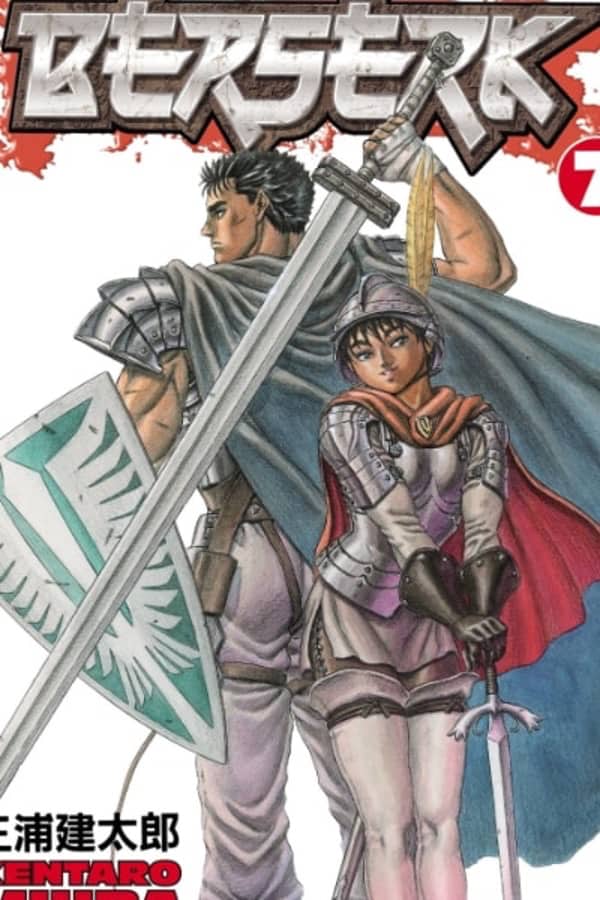
“Berserk“, by Kentaro Miura is probably the most successful in this list of best manga to read, and it boasts a very different tone from the other manga series covered here. The protagonist of the series is essentially an anti-hero – Guts, a scarred and tormented warrior with a tragic past and a bleak future, wandering through the fantasy kingdom of Midland, armed with a massive sword, as he slaughters the demons that populate it, one after another.
Just like in the anime series, the manga series also features countless brutal action scenes and it oscillates between the past and present while revealing the rich and tragic background of its hero. However, the manga series takes these elements even further – one can’t help but feel that Guts’ war is a predestined lost war, devoid of hope, and he’s a hero condemned to damnation in a world destined for the same fate.
This world comes to life in the beautiful artwork of Miura, combining brave heroes with grotesque monsters and equally grotesque landscapes, landscapes in a medieval style with monstrous creatures – a barbaric Conan meets H.P. Lovecraft. Unlike the constrained budget of the Berserk anime series, which required limited animation, Miura’s art is incredibly dynamic, making readers feel like they’re in an extended, perfect action scene, leaving them begging for more when they reach the last page. “Berserk” is also one of the best-selling manga series ever!
Dolly Kill Kill
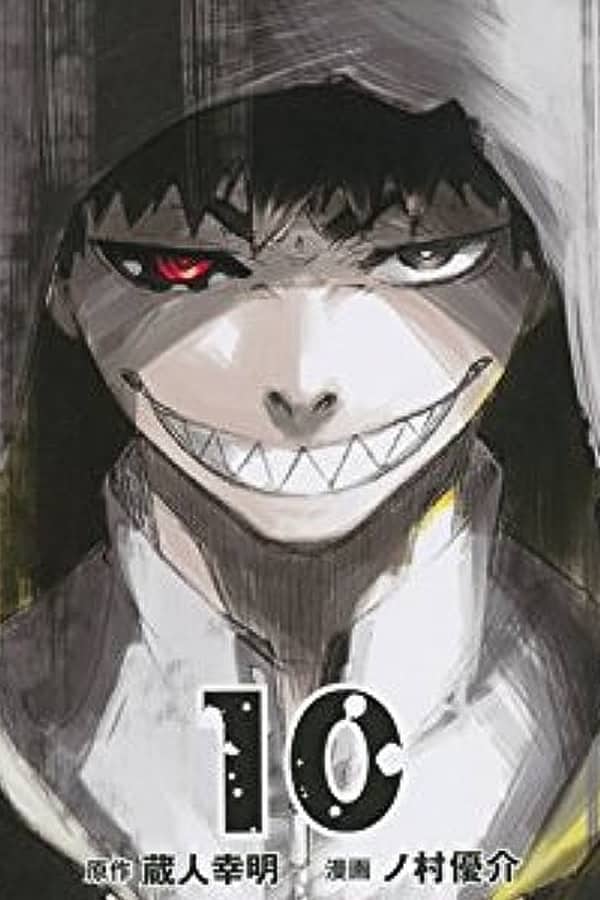
A captivating and unsettling apocalypse manga that thrusts readers into a nightmarish post-apocalyptic world. In this grim setting, humanity is on the brink of extinction due to the emergence of terrifying creatures known as “Dollies.” These grotesque beings bring destruction and chaos wherever they appear, leaving a trail of devastation in their wake.
The protagonist, Iruma, is a survivor who witnesses the horror caused by the Dollies firsthand. Fueled by a desire to protect his loved ones and seek revenge, he becomes a determined fighter, unyielding in his pursuit to eliminate these monstrous threats. Along the way, Iruma forms unlikely alliances with other survivors, each carrying their own motivations and secrets.
What sets “Dolly Kill Kill” apart is its exploration of the human psyche under extreme circumstances. As society crumbles and survival becomes the primary goal, characters are pushed to their limits, facing moral dilemmas and making life-altering decisions. Themes of resilience, desperation, and the consequences of unchecked scientific progress are woven into the narrative, creating a thought-provoking and emotionally charged reading experience.
The artwork is visceral and raw, depicting the gruesome battles against the Dollies with visceral detail. The mangaka’s skillful use of dynamic action sequences and eerie visual designs adds to the tension and horror of the story, effectively conveying the relentless struggle for survival.
In essence, “Dolly Kill Kill” is not just a tale of survival against monstrous odds, but a reflection on the human condition when pushed to its limits. It’s a journey into the depths of fear, determination, and the dark corners of the human soul, making it a compelling and intense manga for those who appreciate complex storytelling and unsettling imagery.
My Hero Academia
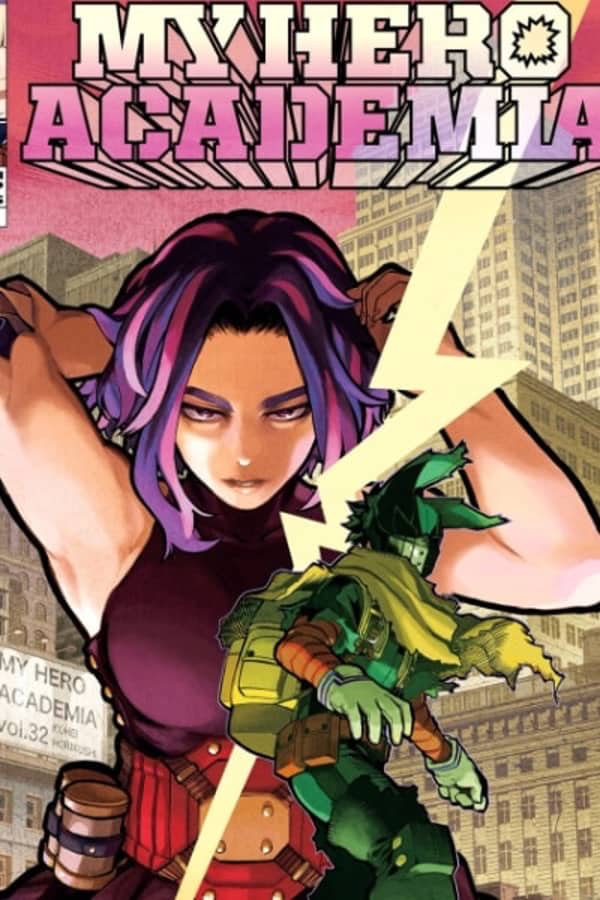
My Hero Academia employs a masterful use of panels to enhance its storytelling and visual impact. The manga’s meetings are strategically arranged to convey the flow of action, emotions, and character interactions. The dynamic artwork and meticulous attention to detail in each panel contribute to the immersive experience, bringing the intense battles and quiet moments alike to life.
In action-packed scenes, the panels are often arranged in a way that guides the reader’s eye, creating a sense of movement and urgency. Quick cuts and well-timed transitions between panels enhance the pacing of fights, allowing readers to feel the intensity of each punch, kick, and power. Splash pages and double-page spreads are employed during climactic moments, providing a sense of grandeur and scale to pivotal events.
Conversely, in quieter moments, the panels may be utilized to capture the characters’ emotions, expressions, and thoughts. Close-up shots of characters’ faces convey their inner turmoil, determination, or vulnerability. The layout of panels can also symbolize the characters’ connections and relationships, with overlapping panels representing shared experiences or thoughts.
“My Hero Academia” often employs creative panel compositions and visual metaphors to convey deeper meanings. MHA Panels might shift in size and shape to reflect characters’ perspectives, emotions, or the passage of time. Symbolic imagery and visual motifs are used to reinforce thematic elements, making the manga an engaging visual storytelling experience.
By skillfully manipulating panel layouts, sizes, and visual cues, “My Hero Academia” enhances the reader’s engagement and emotional connection to the characters and story. The manga’s thoughtful use of panels, combined with its compelling narrative and vibrant artwork, creates a holistic reading experience that resonates with fans and brings the world of heroes and villains to life in vivid detail.
Fullmetal Alchemist
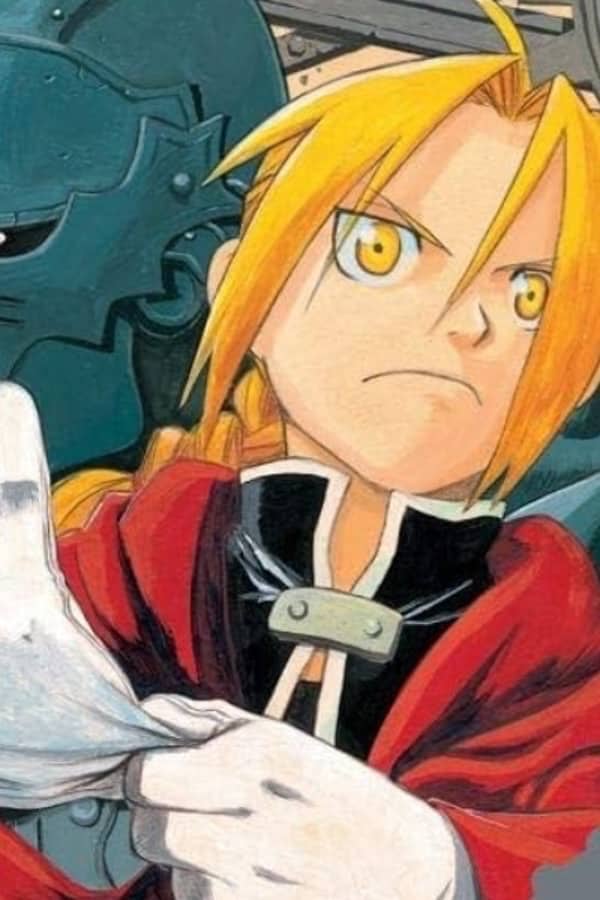
Fullmetal Alchemist is a manga series that tells the story of two brothers, Edward (Ed) and Alphonse (Al) Elric. The series takes place in an alternative world that resembles early 20th-century Europe, except for the concept of alchemy. In this world, alchemy is not nonsense, but a scientific system based on the principles of transformation and the conservation of matter. Alchemists can create anything from materials through processes of transformation.
The story of the manga revolves around the Elric brothers. The older brother, Edward, known as Ed, and the younger brother, Alphonse, known as Al. They live in a world where alchemy is a well-established science, and they are skilled alchemists themselves. However, their lives take a tragic turn when they attempt forbidden alchemy to bring their mother back to life. The attempt goes horribly wrong, resulting in Ed losing his left leg and Al losing his entire body. In a desperate attempt to save his brother, Ed sacrifices his right arm to bind Al’s soul to a suit of armor. This act leads to their journey to find the Philosopher’s Stone, a powerful artifact that they believe can help them restore their bodies.
Throughout their journey, Ed and Al encounter various challenges, uncover dark secrets about the Philosopher’s Stone, and confront powerful enemies. The series explores themes of sacrifice, redemption, the consequences of seeking power, and the ethical dilemmas of using alchemy for personal gain. As they search for the Philosopher’s Stone, the Elric brothers also uncover a larger conspiracy involving political intrigue and the nature of alchemy itself.
Fullmetal Alchemist is not only one of the best manga known for its engaging plot and complex characters but also for its thought-provoking exploration of moral and philosophical themes. The manga series delves into the human desire for knowledge and power, the costs of ambition, and the choices individuals make when faced with difficult situations. The story combines action, drama, and supernatural elements, creating a rich and immersive narrative that has captivated readers and viewers around the world.
Watashitachi no Shiawase na Jikan
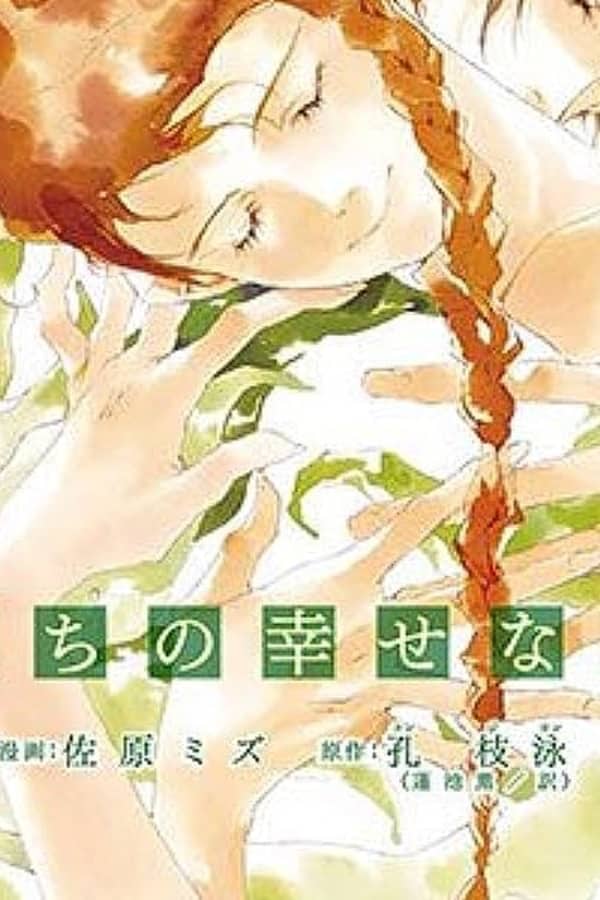
“Watashitachi no Shiawase na Jikan” began as a short story by South Korean author Gong Ji-young. The movie adaptation quickly gained popularity in Korea, thanks to the efforts of manga artist Sahara Mizu who agreed to adapt the manga version. This medium shift allowed the story, free from time and place limitations, to reach a wider audience. Eight manga chapters swiftly passed, leaving an impact no less significant than a long-running manga series.
What’s the secret behind the enchanting plot? Love stories with a tragic undertone hovering above them aren’t exactly my cup of tea, and if so, they seem more suited to a novel by Paulo Coelho rather than a manga adaptation. However, Sahara Mizu knew what she was doing when she took on the project: every word, every sentence, every glance, and every panel is meticulously crafted, and all evoke a profound emotion.
The beginning of the story seems rather pessimistic, where we find the protagonist, Juri, at rock bottom: hospitalized after her third suicide attempt. Her strained relationship with her cold mother remains difficult and deteriorates further after her mother reintroduces a person who deeply harmed Juri when she was young. Juri meets her cousin, a jaded prison teacher who visits death row inmates, and a unique opportunity arises: to meet one such inmate. With skepticism about the potential encounter with the inmate, Juri decides to indulge her cousin’s request and provide the opportunity. However, as you might not have anticipated, things don’t go quite as expected.
Nami yo Kiitekure – Riding the Radio Waves
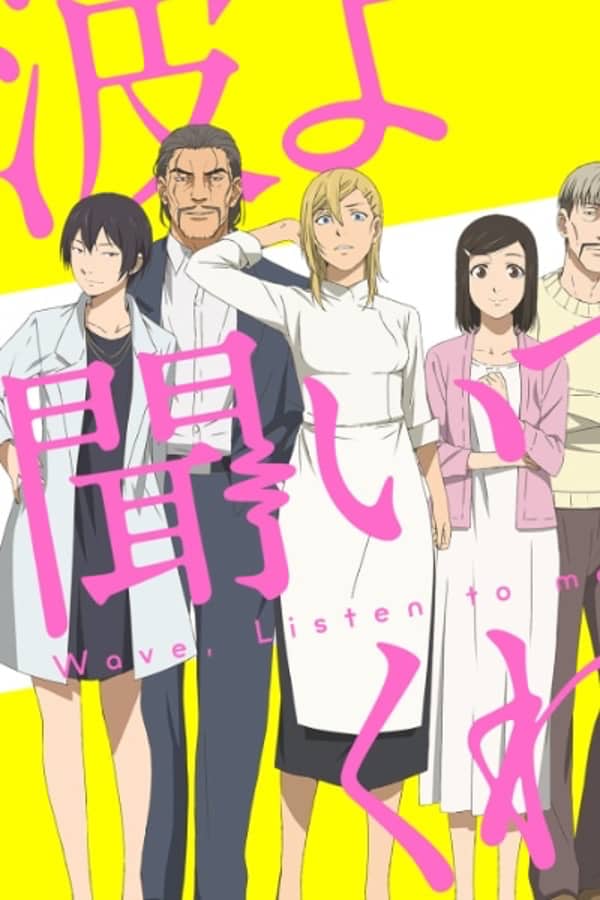
Koda is a young woman who has been dumped by her boyfriend. A night of heavy drinking leads her to unleash her anger on a local radio station; this audacious outburst actually works in Koda’s favor, as the station manager appreciates her brazenness. From there, Koda takes a career detour into radio.
The manga tackles various aspects of radio station management, from technical equipment to presentation style and what listeners want to hear – it’s like “Bakuman” for adults, blended with sardonic humor. While “Nami yo Kiitekure” isn’t just about radio, it’s a series about relationships, career paths, and office politics.
As expected from a manga that deals with professional chitchat, the average reader might find it a bit challenging to read (but not overly difficult). However, the fantastic artwork by Hiroaki Samura compensates for everything. Oh, oops, did I forget to mention? This manga is by the creator of “Blade of the Immortal.” What does that mean? This manga will likely continue for quite a few years (it’s only been “running” for 5 years so far), but they’ll be good years.
Gokushufudou
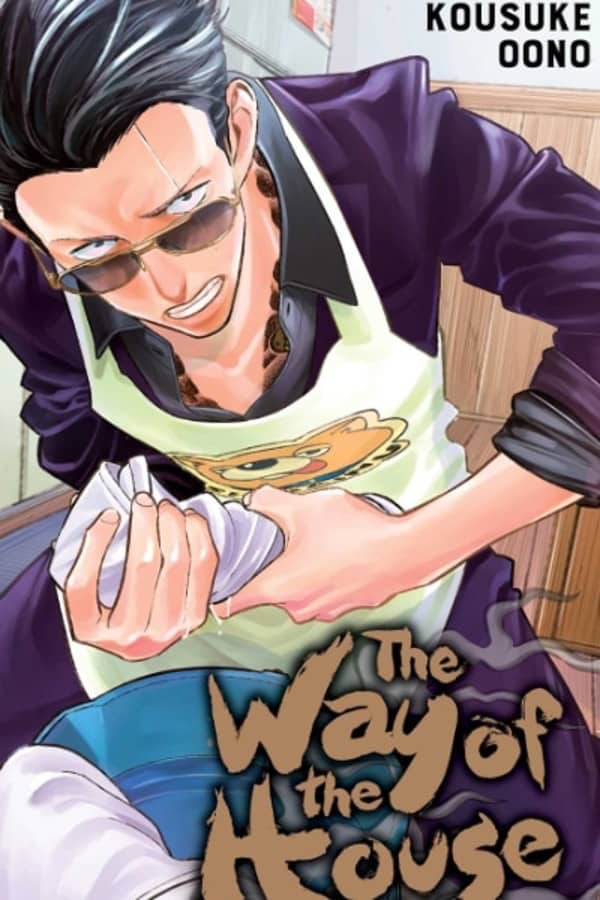
Meet a former Yakuza member (and a legend in his field) who has bid farewell to a life of crime, tattoos, and fistfights to become a full-fledged househusband. And that’s the crux of it.
The chapters follow the daily life of this unconventional individual, Tatsu by name, whether it’s during grocery shopping or house chores. The juxtaposition of Tatsu’s ex-Yakuza mentality with the simplest of tasks turns mundane activities into a hilarious escapade.
Subjectively, objectively, and without any bias, this is one of the most entertaining series around (you yourselves voted it Manga of the Year 2018). Certain chapters of “Gokushufudou” – those that don’t focus on Tatsu’s perspective – can be wrapped up in 3-4 minutes, thanks to the character’s quiet demeanor and the absence of verbose text bubbles. In other words, it’s a great series to read in short bursts.
Gleipnir
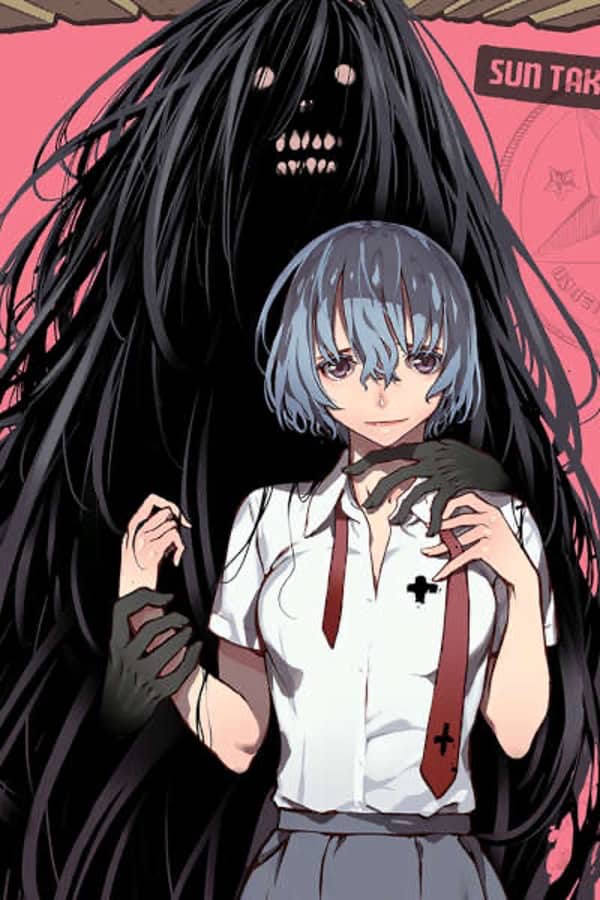
Shuichi, a high school student who oddly resembles Rei from “March Comes In Like a Lion,” holds a secret: he can transform into a giant fuzzy mascot resembling a dog, equipped with a colossal revolver. Why? How? What? He doesn’t know himself. But when a bizarre creature – no less than an extraterrestrial organizer – attempts to send Shuichi to the next world, high schooler Clair, who’s discovered his secret, intervenes and merges with Shuichi (not in an NSFW way, but somewhat in an NSFW way) to essentially control him like a mecha, except the robots here are humans (wait a moment – is “Being John Malkovich” a mecha movie?). Shuichi is a reluctant hero with morals, so “killing” poses a problem for him, but Clair, on the other hand, has no such qualms. Amidst all this, they both enter a battle royale tournament (arranged by the same extraterrestrial) against others like Shuichi.
This forms the foundation of one of the most ludicrous series I’ve come across, yet I won’t lie – it’s oddly enjoyable. “Gleipnir” is a battle-shonen series and contains well-executed, intelligent combat episodes. As “Gleipnir” attempts to expand its scope and become more than just a manga about murderous mascots, its shortcomings start to emerge: the villains are a generic template of edgy archetypes, and the explanation behind what exactly happened to Shuichi is both unsatisfying and quite tedious. The only interesting plot thread here belongs to Clair, a story that bears some eerie resemblance to the young Sasuke’s tragic backstory in “Naruto.”
Clair and the well-executed battles are enough to hold my interest, and if reading isn’t your thing – an anime adaptation is expected to arrive later this year (it’ll be interesting to see if they censor the nudity and violence).
Samurai 8: Hachimaru Den
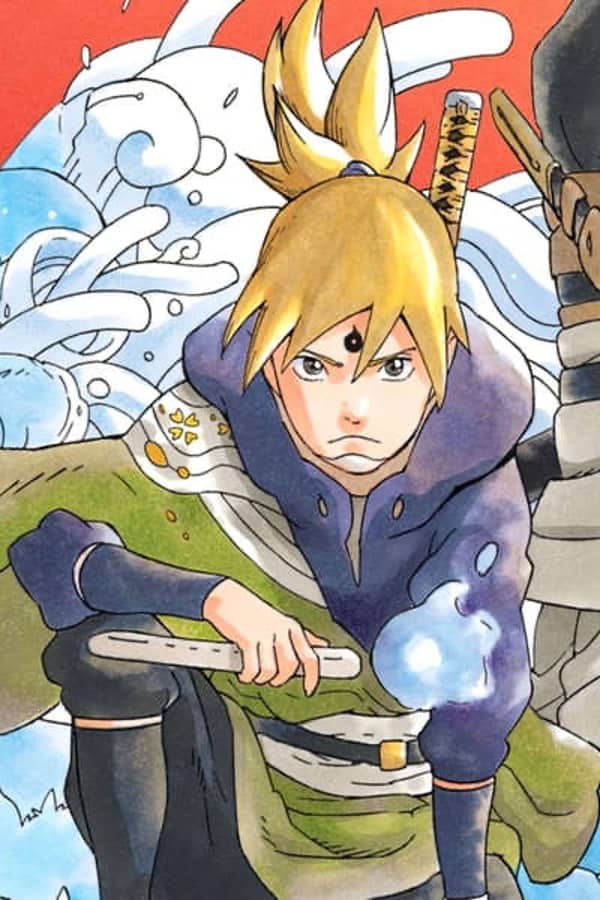
Though only 3 chapters (+ a prologue) have been released so far, “Samurai 8” by the creator of “Naruto,” Masashi Kishimoto, is already shaping up to be one of the favorites in the realm.
Kishimoto swaps out ninjas for samurai in “Samurai 8,” and just like in “Naruto,” these samurai have no connection to real-world samurai. Hachimaru is a sickly boy connected to a gigantic generator by cables, which keeps him alive. However, his dream of becoming a human and venturing beyond his balcony is hindered by his fragile state. When his house is attacked by what I can best describe as samurai cyborgs from space (if I understood correctly), a mysterious power saves Hachimaru, and he embarks on an epic journey with the help of this power.
Admittedly, the story hasn’t fully hooked me yet, but to Kishimoto’s credit, he knows how to create immersive worlds; the robotic punk world of “Samurai 8” we’ve seen 150% offers a rich variety. The epic battles that characterized the latter half of “Naruto” have yet to fully manifest in “Samurai 8,” and currently, the manga retains the classic and straightforward feel of early “Naruto” (and, if I dare say, echoes the beginning of “Dragon Ball”).
So, until the anime adaptation arrives, along with the 10 movies, 80 video games, and the sequel series about Hachimaru’s son, Biakimaru – here’s your chance to begin “Samurai 8” so that you can proudly say, “I’ve been reading it since the beginning.”
Yu Yu Hakusho
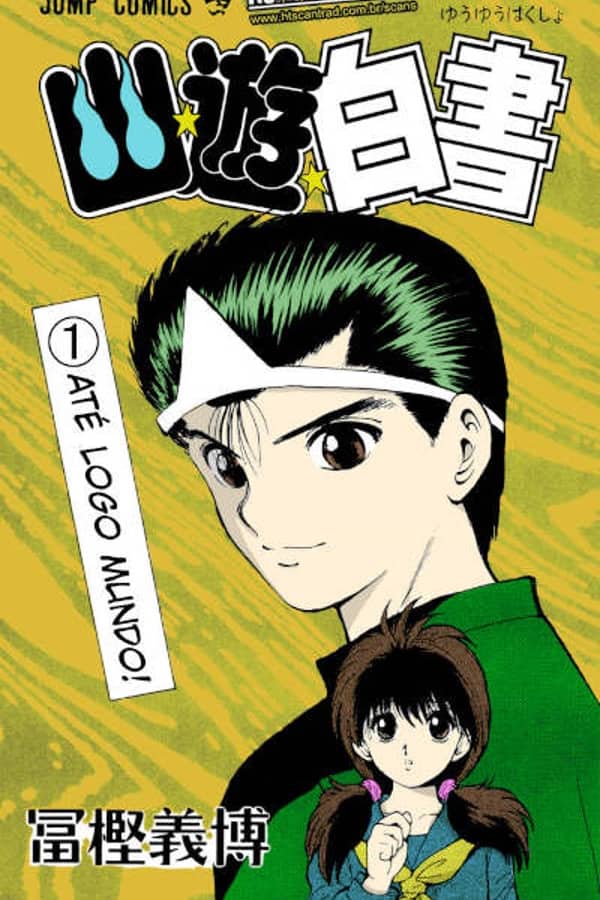
Yusuke Urameshi is a teenage delinquent who unexpectedly finds himself in the role of a Spirit Detective after his heroic death. The story follows Yusuke’s adventures in the spirit realm and his battles against various supernatural entities to maintain the balance between the human world and the afterlife.
Set in a world filled with spirits, demons, and mystical powers, the manga delves deep into Yusuke’s personal growth and the evolution of his relationships with his friends and allies. From the stoic Hiei to the strategic Kurama and the hot-blooded Kuwabara, each character brings a unique element to the narrative. The manga excels in portraying intense battles that showcase the characters’ distinct abilities, strategic thinking, and emotional stakes.
What sets “Yu Yu Hakusho” apart as one of the best manga series is its ability to seamlessly blend action, comedy, drama, and philosophical themes. The manga explores questions of life, death, morality, and the complexities of human and supernatural existence. As Yusuke confronts formidable foes and uncovers hidden truths about the spirit world, readers are treated to a compelling narrative filled with suspense and surprises.
With detailed artwork, intricate storytelling, and multidimensional characters, “Yu Yu Hakusho” has become a cornerstone of the manga landscape. Its impact is enduring.
Boruto
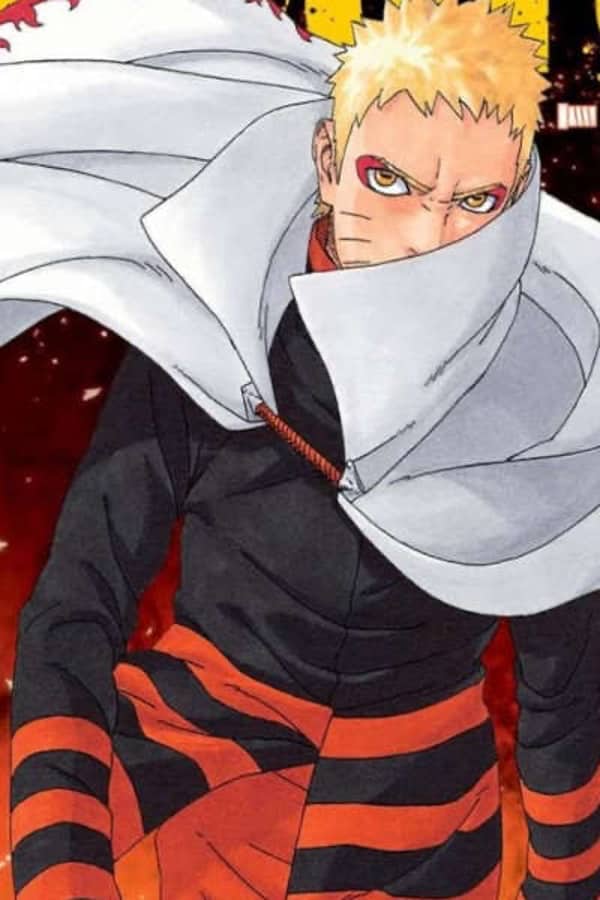
The manga follows Boruto, the son of Naruto, who, as you may recall, was a fan of swings and grew up to become the Hokage of the village. Although Naruto can send a shadow clone to work for him and remain at home himself, he chooses to go to work and sends the shadow clones back home to spend time with the kids. This causes Boruto to be an annoyed and frustrated child for the first 10 chapters (which cover the entirety of the movie arc).
After Boruto matures and develops in later chapters, he becomes a hero of sorts. While I can’t help my eyeballs from rolling each time he learns a skill that took his father 20 chapters to learn, I’ve promised to judge the series on its own merit, so I’ll quit nitpicking. I can also complain about the new villain group in the series, a mysterious group called Kara, being a generic copy of the Akatsuki – but again, I said I wouldn’t compare too much. Oh, and Naruto ended his own series with godlike powers – why the heck does he struggle against low-level enemies now? Okay, okay… let it slide. All is well.
Neon Genesis Evangelion
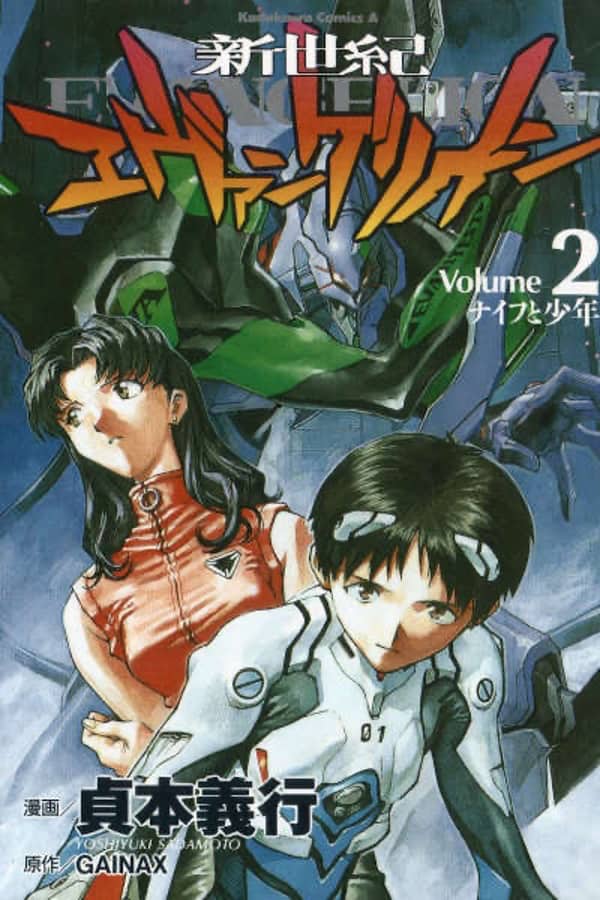
A groundbreaking and influential manga series that defies conventional genre boundaries. Set in a dystopian future where humanity faces threats from enigmatic beings known as Angels, the story follows teenager Shinji Ikari as he is recruited to pilot giant bio-mechanical robots called Evangelions to combat these otherworldly foes.
However, the heart of the series lies in its exploration of the psychological struggles and emotional complexities of its characters. Creator Hideaki Anno delves into themes of existentialism, identity, loneliness, and the impact of trauma. As the characters pilot the Evangelions, they also confront their own inner demons, leading to intense introspection and often unsettling revelations.
The narrative weaves intricate mysteries, religious symbolism, and philosophical musings, creating an enigmatic and thought-provoking atmosphere. The series constantly challenges viewers’ perceptions, leaving room for interpretation and reflection long after its conclusion.
“Neon Genesis Evangelion” is known for its visually striking designs, iconic mecha battles, and a haunting soundtrack that enhances the emotional impact of its scenes. While its complex themes and psychological depth may be challenging for some, the series has left an indelible mark on pop culture, influencing subsequent anime, manga, and storytelling as a whole.

